Brand vs. Logo: Do you know the difference?
Last Updated on May 9, 2024 by Ilka Perea Hernández
Because of their relationship, many designers tend to confuse and even mix up the terms “brand” and “logo”. Knowing the difference between a brand and a logo and understanding what each one consists of, not only gives designers clarity about the scope of the project they are working on, but they will also be able to advise their clients much better.
In this post, I will explain, with some examples, the difference between brand and logo. First, I will start with the concept of brand, continuing with the elements that compose it. Second, I will explain what the logo is and our role as designers in its creation.
Brand
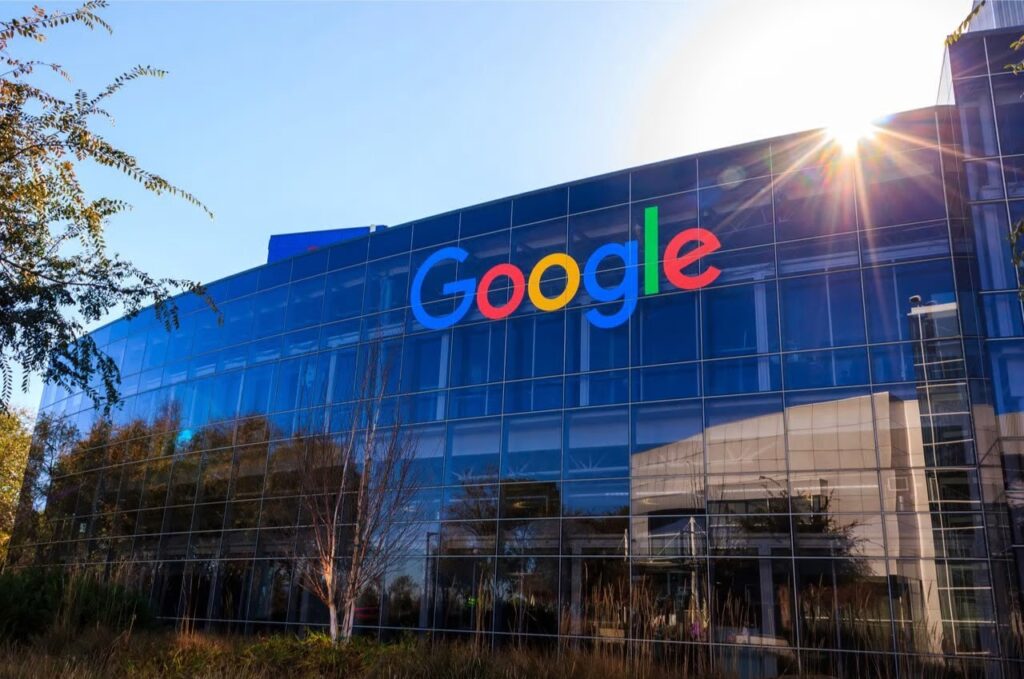
What is a Brand?
A brand is a primary commercial identification and/or a set of several identifiers with which a product or service is related and offered in the market. In other words, a brand is a way for consumers to identify and distinguish one product or service from another. It can be made up of a variety of elements, including the product’s name, logo, packaging, and advertising.
Brand Frame of Reference
This refers to the set of products, services, communications, and actions that stakeholders expect from a brand. I will rely on the brand’s frame of reference to provide you with context so you can better understand the scope of the brand concept.
Let’s take the McDonald’s brand as an example. There is no need to explain what McDonald’s is; surely, if you have not tried their food, you have at least heard of this fast-food restaurant chain.





Let’s look at another “healthier” brand: Nike. This brand is globally well-known and respected by its consumers.





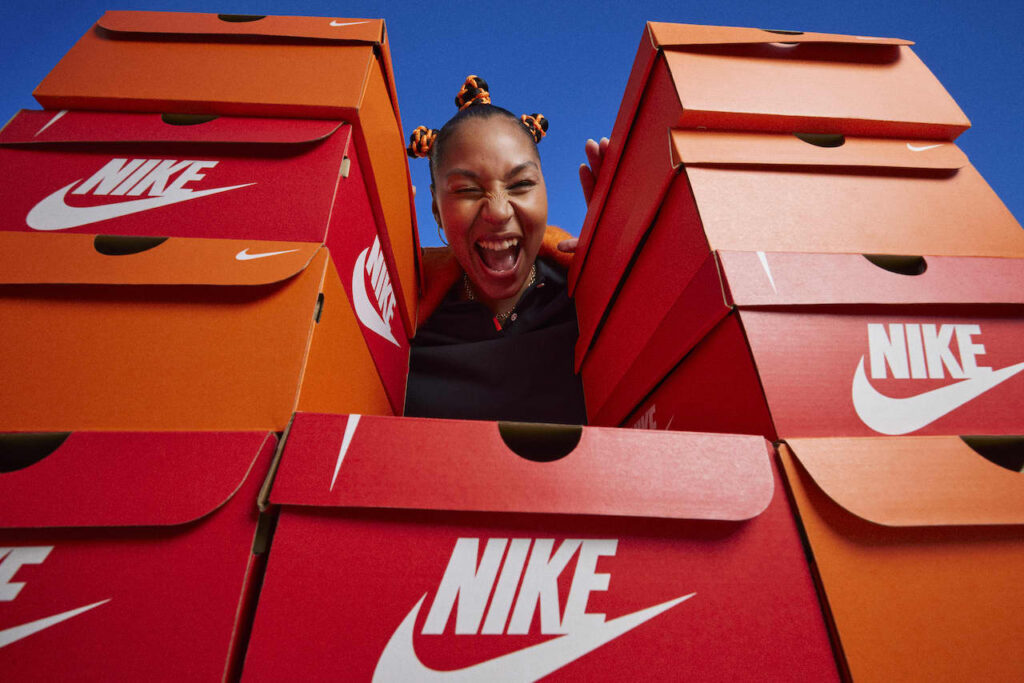
If you look at these two examples, you will notice that the brand contains the logo, but the brand covers much more. In fact, the images that you see are examples of its visual identity. That is the set of visual elements that represent the essence and values of the brand.
For instance, Nike delivers on its promises and has built strong emotional connections with consumers. As a result, these kinds of brands can command a premium price and enjoy a competitive advantage in their respective markets.
In other words, brand not only sells the basic attributes of the product (Nike = sportswear) or service (McDonald’s = fast food), but also the intangible and emotional attributes of the product or service.
Brand Elements
So, brand is not only its products, services, logo, and visual identity. But rather, a brand encompasses everything from the work environment, the appearance of the premises and offices, the voice tone in social networks, and even the relationship with the customers. In essence, the brand is the overall impression it leaves in people’s minds and how it distinguishes itself from the competition. To put it simply, a brand is a macro-concept.
Businesses are now only as strong as their brands, and nothing else offers business leaders so much potential leverage. — Jim Stengel
But then, what exactly is the relationship between the logo and the brand? When investing in building a strong brand with a well-defined identity, logo design is an essential starting point. Just like a well-built house, a brand requires a solid foundation and different elements that work together, including the logo. Let’s review the components of a brand and where the logo design fits in.
Brand Identity (The Visual)
- Logo: It is the brand’s visual representation, often composed of a graphic symbol or a combination of symbols and text.
- Color Palette: Colors evoke emotions and create associations. Think of the calming blues and greens for a spa brand or the energetic reds and yellows for a fast-food restaurant.
- Typography: Fonts can convey professionalism, playfulness, or seriousness, depending on the style chosen.
- Imagery: The photos, illustrations, and visuals used in your branding contribute to the overall brand image.
Brand Messaging (The Voice)
- Brand Voice: This is the personality it projects through its communication. Is it friendly and casual, or sophisticated and authoritative?
- Tagline or Slogan: A memorable phrase that captures the brand’s essence.
- Messaging: The key messages convey to the audience about the brand, its values, and its offerings.
Brand Foundation (The Core)
- Brand Purpose, Mission & Values: These are the underlying reasons why the brand exists and the principles that guide its actions.
- Brand Positioning: How a brand compares to competitors and the unique space it occupies in the market.
- Brand Promise: The specific benefit or experience it guarantees to its customers.
Brand Experience (The Feeling)
- Customer Service: Every interaction with the brand, from sales to after-sales service, contributes to the overall customer experience.
- Brand Storytelling: Connecting with the audience through stories and experiences that resonate with them.
- Brand Community: Building a community around the brand fosters loyalty and creates a space for customer engagement.
You may have noticed that the brand requires many professionals from different fields to cover all the components of the brand: publicists, marketers, community managers, and content curators. However, as graphic designers, our primary focus is the visual identity and, of course, the logo.
Logo
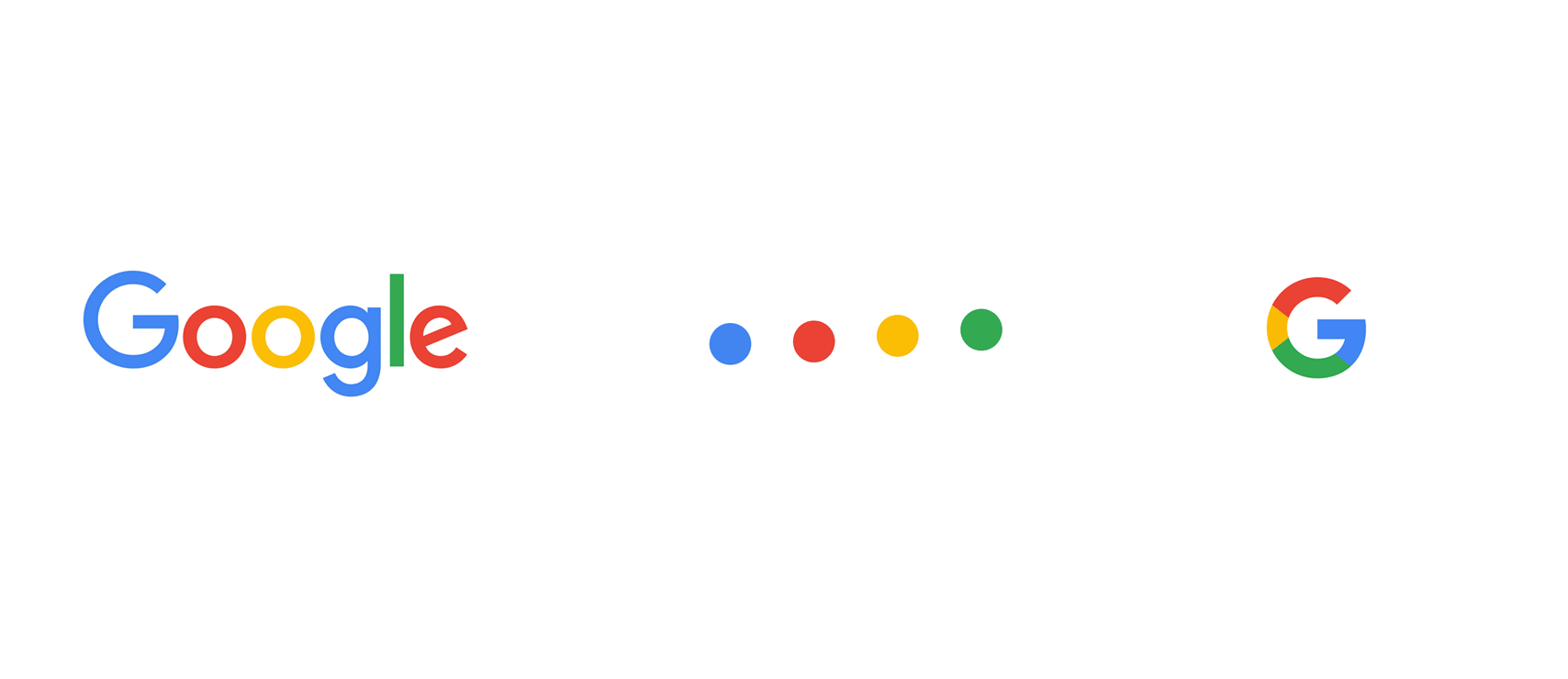
What is a Logo?
A logo is a graphic symbol or emblem that visually represents a company, organization, product, or service. In essence, it is usually a distinctive image used to uniquely identify the brand. Furthermore, logos are an integral part of a company’s visual identity and may include elements such as icons, customized typography, and specific colors. Their primary function, however, is to provide immediate recognition and convey the essence of the brand visually.

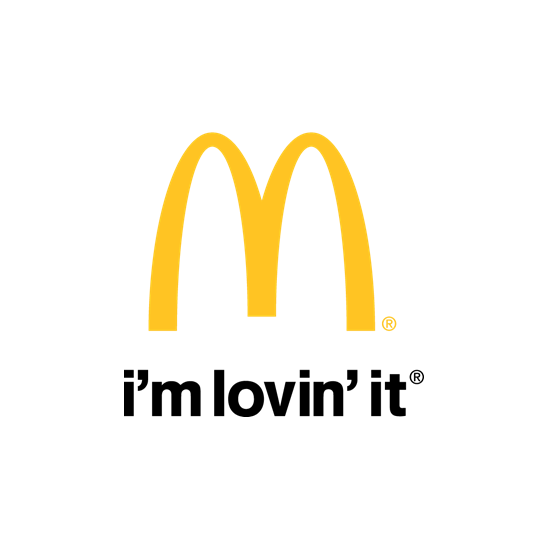
Continuing with our brand examples — Nike and McDonald’s — it should be easier for you to identify their logos. While the brand is a broad concept, the logo comes to symbolize that concept visually.
If you had to refer to the Nike brand, you would think of concepts such as sport, victory, quality, and/or international. However, if you were to describe the Nike logo, you would probably use more graphic terms, such as scale, shape, color, and texture. Logos can be depicted graphically; brands cannot.
We can then conclude that logos, as visual signs, come to represent the whole concept of brands. This is how logos become symbols.
Logo as a Symbol
As graphic designers, we are familiar with visual language and how it charges design projects with meaning. Part of the nature of the logo is to have meaning since it is a symbol.
Symbols are the fastest form of communication known to humankind. — Blake Deutsch
Alina Wheeler, in her book “Designing Brand Identity”, explains: “Brand awareness and recognition are facilitated by a visual identity that is easy to remember and immediately recognizable. Visual identity triggers perceptions and unlocks associations of the brand. Sight, more than any other sense, provides information about the world.”
This is where graphic designers come in. Our role is to create a recognizable, differentiated, and meaningful visual identity for the brand… and it all starts with a well-designed logo. 😎
Summary
- A brand is a way for consumers to identify and distinguish one product or service from another.
- Brand frame of reference refers to the set of products, services, communications, and actions that stakeholders expect from a brand.
- Brand elements are Brand Identity, Brand Messaging, Brand Foundation, Brand Experience.
- A logo is a graphic symbol or emblem that visually represents a company, organization, product, or service.
- Logos can be depicted graphically; brands cannot.
- Logos are symbols.
Some Insights
To deliver a well-designed logo, designers must master the basic concepts of graphic design, such as color, typography, shape, and texture; as well as the concepts of visual communication, in order to give shape and meaning to the logo. The logo must meet certain parameters and features to be considered a well-designed logo. However, if we do not know the values and personality of the brand, we will be designing without direction. This information can be obtained through a design brief.
Information Gathering
Before designing a logo, or any other design project, you must obtain information, in this case, brand information. The information-gathering step is crucial, and, for this purpose, a briefing is a tool like no other.
Briefing
A creative brief or design brief is a document that acts as a foundation for any creative project. It outlines the essential information required before starting a project, such as scope, objectives, and target audience. I mean briefing will give you direction for your branding project.
Some Literature
I would like to recommend two extraordinary books that could help you learn about branding:
- Designing Brand Identity by Alina Wheeler
- Logo Design Love by David Airey
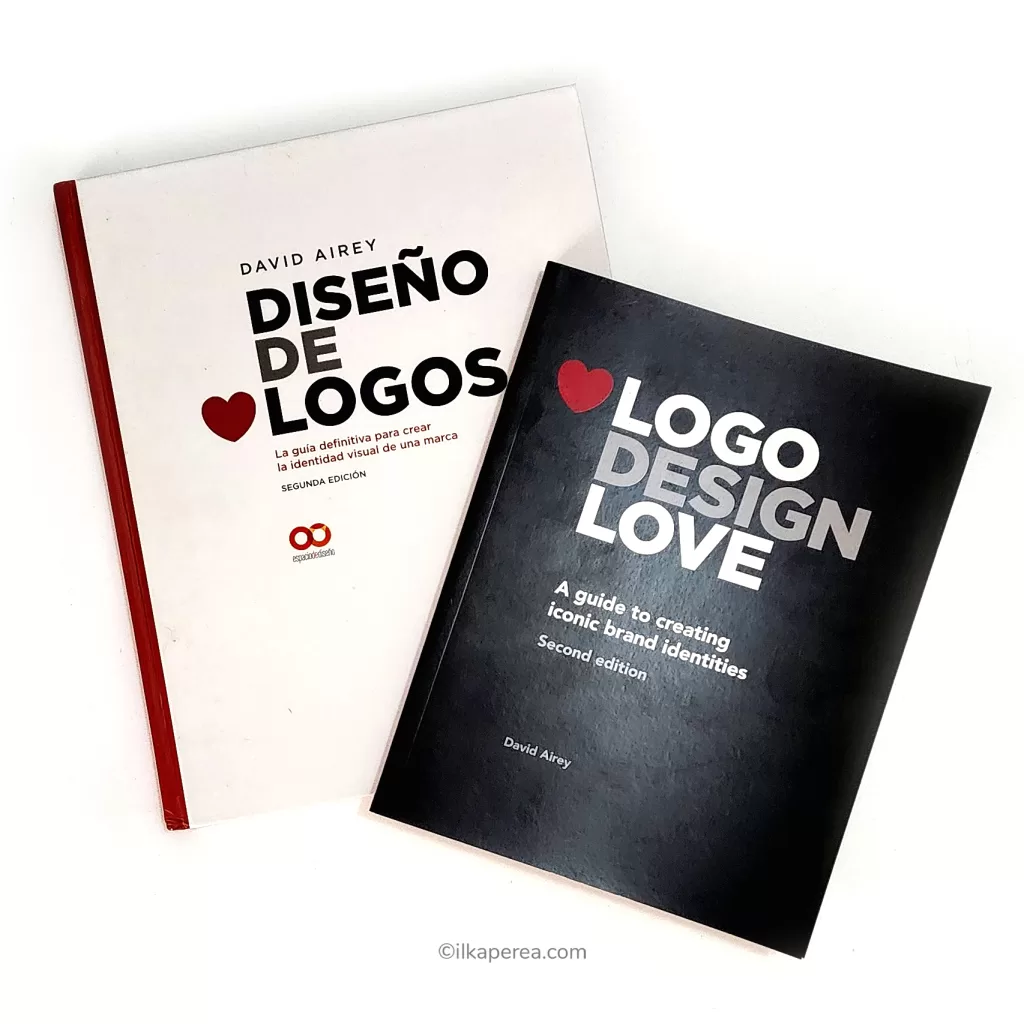
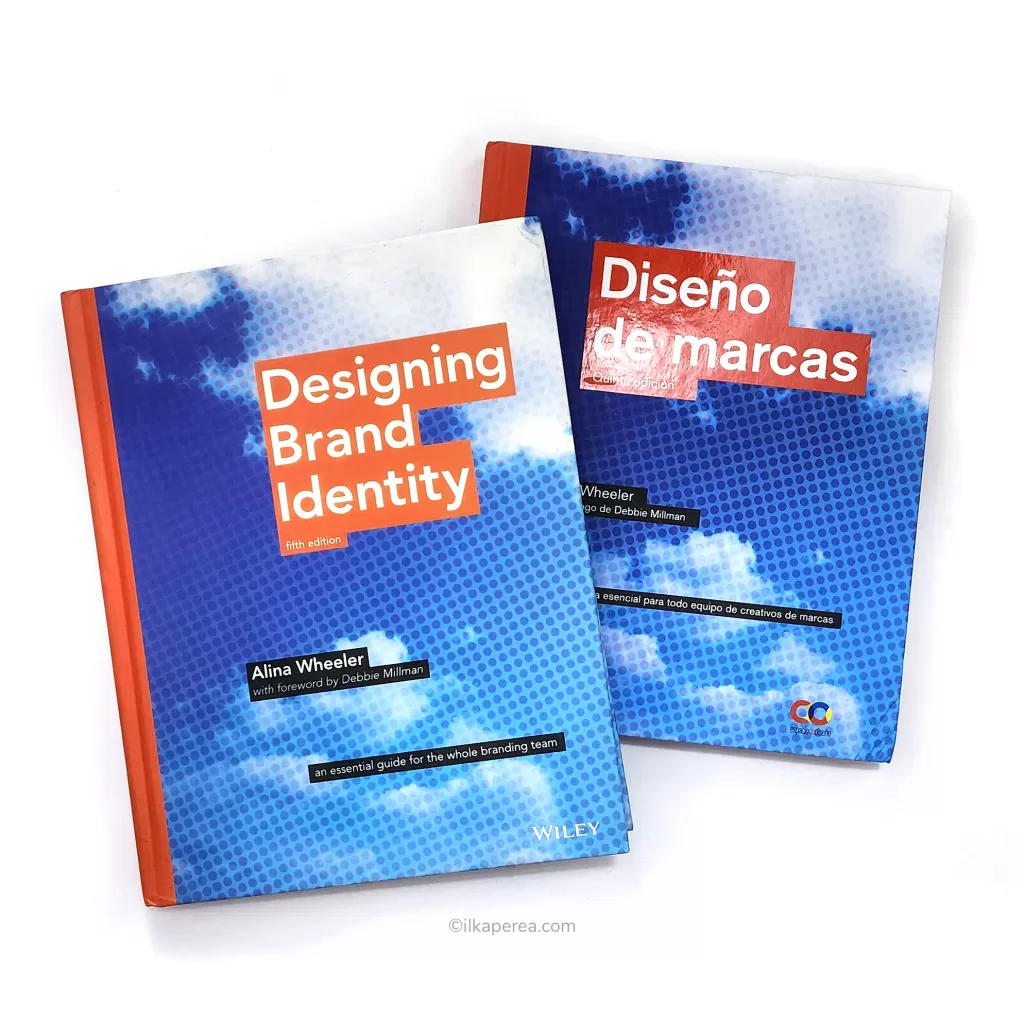
Any Thoughts?
In the comments section, tell me if you already knew about the difference between a logo and a brand. As a designer, have you done branding and what has your experience been like?

Share
Spread the love… and this post!
If you liked it, share this post on your social networks. Smart designers share good things with others.

Bibliography
- Aaker, D. A. (1996). Building Strong Brands. Free Press.
- Aaker, D. A. (2004). Brand Portfolio Strategy: Creating Relevance, Differentiation, Energy, Leverage, and Clarity. Free Press.
- Aaker, D. A., & Joachimsthaler, E. (2000). Brand leadership. Free Press.
- Airey, D. (2015). Logo Design Love (2nd ed.). Pearson.
- Kotler, P., & Keller, K. L. (2016). Marketing Management (15th ed.). Pearson.
- Wheeler, A. (2017). Designing Brand Identity: An Essential Guide for the Whole Branding Team. John Wiley & Sons.
- Munari, B. (2019). Diseño y comunicación visual: Contribución a una metodología didáctica (2a ed.) Editorial Gustavo Gili.
- Poulin, R. (2018). The Language of Graphic Design Revised and Updated: An illustrated handbook for understanding fundamental design principles. Rockport Publishers.

